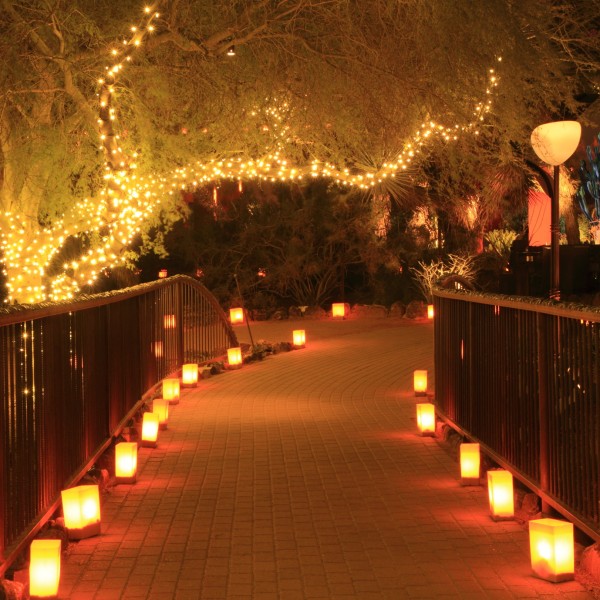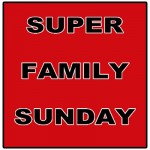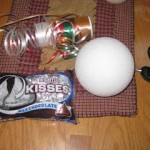Seasonal Festivities
South America finds itself south of the Equator, so the Christmas season takes place during the summertime. Because of this, there are plenty of picnics, banquets and even fireworks fired off throughout most every country. The warm weather provides a great atmosphere for dancing outside and enjoying the relatively cooled night air.
Though not all parts of the United States receive snow in the winter, there is still relative cooling in most areas of the country. If your home state’s weather does not allow for outdoor festivities, consider having an indoor picnic in the living room.
Definitely make it a priority to bundle up and head outside for a little bit to add a fresh spark to the holiday with fireworks. Of course you will want to check first to make sure that lighting off your own fireworks is legal in your area.
Religious Observance
South American countries are predominantly Christian, with many of those numbers being made up of devout followers of the Catholic faith. Due to this, in many countries, the Midnight Mass (or other church service) on Christmas Eve is a long held tradition and honored every year, with feasts and celebrations taking place after the service.
In Colombia, the Christmas season starts on December 7th when candles are lit for the Virgin Mary. The next day, the day of the Immaculate Conception, is a National holiday and a day of Obligation with the Catholic church. Then rather than put lights up on the house as we do in the U.S., each house has about 100 candles lit outside, lining the sidewalks and illuminating the city.
In addition to church service, Chileans also participate in nine days of prayer, often accompanied by fasting, in the days days leading up to Christmas.
In Lima, Peru, the country’s capital, you can find a Christmas Day procession with a statue of the Virgin Mary.
The people of Venezuela take part in Misa de Aguinaldo, an early morning church service held daily from December 16-24. In the city of Caracas, it is customary to roller-skate to this service and roads are even blocked from car use to encourage the skating. Most people also attend one of nine available carol services.
Whether or not your family is religious, it may be a good educational experience to attend a Midnight Mass or other church service of your choice and experience some of the religious traditions associated with the Christmas holiday.
Whether you have your big Christmas dinner on Christmas Eve or Christmas Day, it is always a good time to get together with family and friends to enjoy some of the best goodies the season has to offer. Try incorporating some of these customary dishes from various South American countries into this year’s Christmas dinner:
-
Argentina and Uruguay include pan dulce (sweet bread) and sidra (cider) or champagne with their Christmas feasts.
-
Peru’s holiday meal often includes delicious tamales.
-
Brazilian Christmas dinners are very similar to American meals and include chicken, salad, ham, rice, turkey, pork, beer and fresh fruits.
-
Chilean festivities include cazuela de ave (a chicken soup filled with potatoes, onions and corn on the cob) and pan de pascua (a candied bread).
-
Traditional Colombian foods are ajiaco (soup with potatoes), chicken and natilla (a corn based dessert) and bunuelos (fried dough balls).
Santa Claus
Just like Santa comes on a sleigh to Utah and down the bayou in Louisiana, there are a few different variations in South American tradition for the gift-bearer on Christmas. Teach your family some of these fun differences.
Viejo Pascuero: Translated into English as “Old Man Christmas”, Chileans teach this gift-bringer also comes in a sleigh but rather than climbing down chimneys, comes through windows.
El Nino Jesus: Traditionally, Colombians say the Christ Child brings the gifts, but over time, Santa Claus has also been introduced to the folklore.
Papa Noel: In Brazil, children put out their shoes for Papa Noel to fill with presents. These could be anything from small gifts to money.
Christmastime is full of traditions and is a great time to teach your family about different cultures and customs. Look for opportunities to add some of these fun, South American traditions to add a new flare to your celebrations this holiday season.






